Every one of us has made mistakes. Some financial ones are more difficult to fix, such as crippling credit card debt. A balance transfer credit card can be an effective tool for eliminating high-interest debt. By transferring your balance from a credit card that offers 0% intro APR to one that offers 20% APR or higher, you can save yourself thousands of dollars if you can make the minimum payments on your credit card.
Many credit cards offer 0% intro APR for 21 months. Depending on which card you choose, you’ll still have to pay the minimum payment each month, but there won’t be any interest accrued.
Using a balance transfer offer can be a smart money move if you need the ability to pay off high-interest credit card debt immediately. A lower interest rate means you can pay more money for your principal debt. A fair credit score poses a problem. Some of the best balance transfer cards on the market may not be available to people with fair credit. There are, however, a few options that are attractive to you.
Balance transfer credit cards can help you get out of debt faster by saving you hundreds of dollars in interest. According to our research, a balance transfer credit card with a 0% APR for around 13 months, a 2.66% balance transfer fee, and a $0 annual fee offers significant savings over the average card.
What is a Fair Credit Score?
Contents
- 1 What is a Fair Credit Score?
- 2 What is a Balance transfer, and how does it work?
- 3 What Is a Balance Transfer Cards for Fair Credit?
- 4 How Do Balance Transfer Cards for Fair Credit?
- 5 Balance Transfer Cards for Fair Credit
- 6 Top 5 Best Balance Transfer Cards for Fair Credit
- 7 How Do I Get Approved For a Balance Transfer Cards for Fair Credit?
- 8 How Do You Apply for Balance Transfer Cards for Fair Credit?
- 9 How Do Balance Transfers Affect Credit Scores?
- 10 Can You Get Balance Transfer Cards Based on Your Credit Score?
- 11 Who Should Apply for a Balance Transfer Cards for Fair Credit?
- 12 How to Choose a Balance Transfer Credit Card for Fair Credit?
- 13 FAQs
A fair credit score means that credit reference agencies think you reasonably manage your credit. However, there is room for improvement, and lenders may be more at risk. The result may be a rejection of credit card applications or less favorable terms, including shorter 0% periods, higher interest rates, and lower credit limits.
What is a Balance transfer, and how does it work?
Balance transfers allow you to transfer an outstanding balance from one credit card to another. A fee is usually associated with transferring balances from one card to another. Depending on the amount transferred or the percentage of the balance transferred, balance transfer fees can be fixed or based on the total balance transferred.
A balance transfer involves one card issuer sending payment to another issuer for the outstanding balance. Your card issuer may ask you to submit a transfer request as part of the application process. To pay card balances, the issuer sometimes provides balance transfer checks.
Requesting within your online card account or over the phone is also available. After completing the payment, the transferred balance is added to the recipient’s card account. As long as the balance transfer has not been posted to your current account, it would help if you continued making payments.
What Is a Balance Transfer Cards for Fair Credit?
A balance transfer credit card lets you out of debt without paying interest. If you have credit card debt on high-interest credit cards, you can transfer that debt to a 0% introductory annual percentage rate balance transfer card. The best balance transfer cards offer 0% introductory periods that range from 12 to 21 months.
A balance transfer card could offer you a 0% introductory APR for 21 months while allowing you to pay off your debt. Transferring your balance to a balance transfer card can save money and pay off your balance faster.
The remaining balance you owe after the 0% APR ends will be subject to interest. Depending on your card issuer, you will have an interest rate assigned to your purchases.
How Do Balance Transfer Cards for Fair Credit?
A balance transfer card gives you between six and 21 months to pay off your credit card debt without incurring interest. Balance transfer cards allow you to make payments directly to your balance – instead of paying expensive interest fees on your existing debt.
These cards can be an effective way to reduce your debt faster if used responsibly. This is most effective if you pay off your balance before the introductory 0% APR period expires, so you don’t accrue interest on your new balance.
Most balance transfer cards charge a fee (or a minimum of $5) for each transfer, but some do not.
Balance transfers can be done anytime, but the introductory 0% APR period generally lasts six months from the account’s opening date. Thus, it would help if you transferred as soon as possible to take advantage of the 0% APR.
Balance Transfer Cards for Fair Credit
Credit cards with balance transfer options allow you to move an existing balance from one card to another. A balance transfer card usually comes with a 0% introductory APR for some time. Some companies offer 0% intro APR for as long as 21 months during their intro APR offer period.
Some balance transfer cards allow you to qualify even with fair credit, but they are rare. The good news is that finding a good balance transfer card can relieve some of the stress of paying off credit card debt since you can make monthly payments without worrying about the balance increasing from increasing interest rates.
A balance transfer credit card for fair credit is suitable for anyone in that credit range carrying a balance on their credit card each month. The transfer fee on balance transfer cards is less expensive than you might think, and you will be able to pay off your credit card debt much more quickly since all of your payments will go towards the principal rather than interest.
A balance transfer credit card for Bad Credit may be a good choice if you have fair or poor credit. But make sure you take into consideration the fee involved. Additionally, consider the card’s regular APR once the introductory period ends and the card’s introductory period. You should read the fine print carefully before opening a balance transfer card to be aware of additional restrictions. Aside from annual fees, consider the card’s rewards and other benefits and perks when deciding.
Top 5 Best Balance Transfer Cards for Fair Credit
Balance transfer cards are easier to get with a good credit score. A balance transfer credit card usually requires good to excellent credit to qualify. The available options are limited for those with fair credit, but they exist. Here are the best balance transfer cards for fair credit.
Here are the top 5 best Balance Transfer Cards for Fair Credit–
Citi Double Cash Card
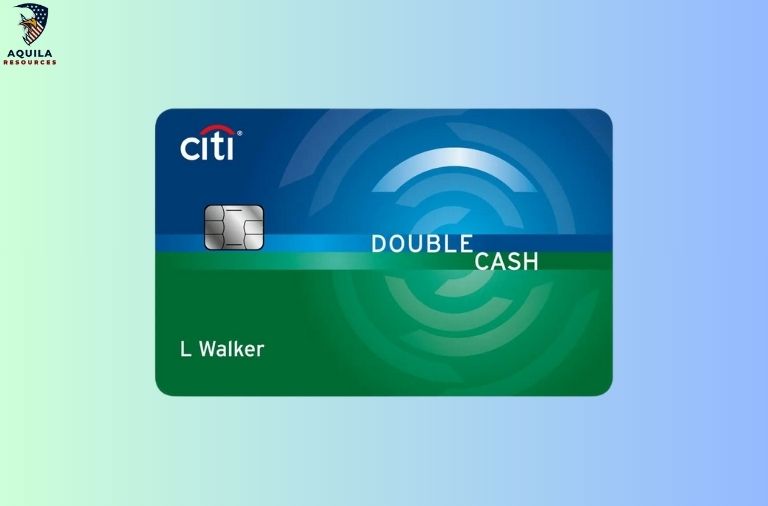
Citi Double Cash Card offers good value for those who need a balance transfer card and want a card that rewards them and that they can keep even with fair credit. This Citi Double Cash Card features one of the longest introductory APRs among cards for people with fair credit.
Balance transfers are eligible for an introductory APR of 0% for 18 months. After that, the standard variable APR will range between 19.24% and 29.24%. Transfers completed in the first four months will be subject to an intro balance transfer fee of either $5 or 3%, whichever is greater. Each transfer will be charged 5% (minimum $5).
Citi Custom Cash Card
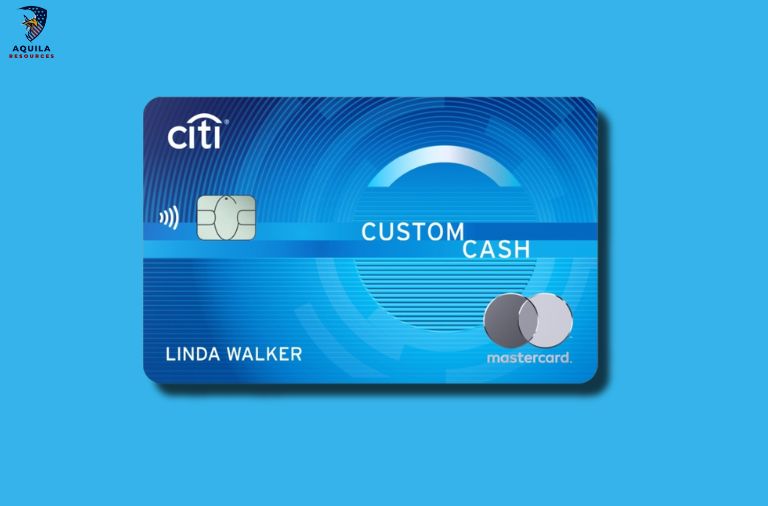
Citi Custom Cash Card offers 0% intro APR on purchases for 15 months and on balance transfers for four months from the first transfer. The variable APR will then range from 19.24% to 29.24%. Balance transfers are subject to a fee of 5% with a minimum of $5. Moreover, the card offers rewards of 5% cash back each billing cycle on certain eligible purchases, up to $500 per month. You can maximize your monthly rewards potential by tailoring the highest rewards category to your spending habits.
Most fair credit cards do not allow balance transfers, and only some are designed for applicants with fair credit. A balance transfer card with rewards stands out from those with only an introductory APR and no rewards.
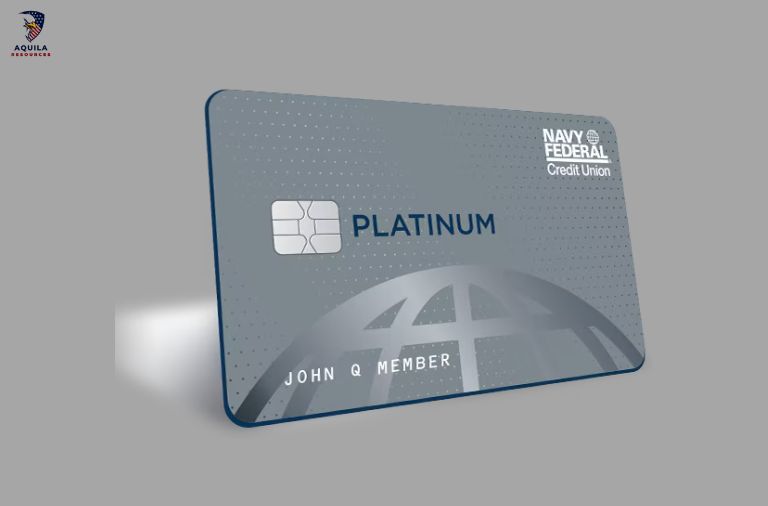
This Navy Federal Platinum Credit Card is perfect for transferring balances and has many additional benefits. The following services are available: credit freezes, travel and emergency assistance, and collision damage waivers. Any suspicious activity detected by Navy Federal will also be notified to you. There are several good credit cards for balance transfers, but this is a good option, depending on your needs.
There is a 12-month 0% APR offer on balance transfers with the Navy Federal Credit Union Platinum Credit Card. After the introductory period ends, a variable APR of 5.99% to 18% is applied. Unlike many other cards, the Navy Federal credit card doesn’t charge balance transfer fees either.
In addition to not charging an annual fee, offering collision damage waivers on rental cars, protecting your cell phone, and providing emergency assistance, Navy Federal’s balance transfer card offers a lot to like.
Discover it Balance Transfer
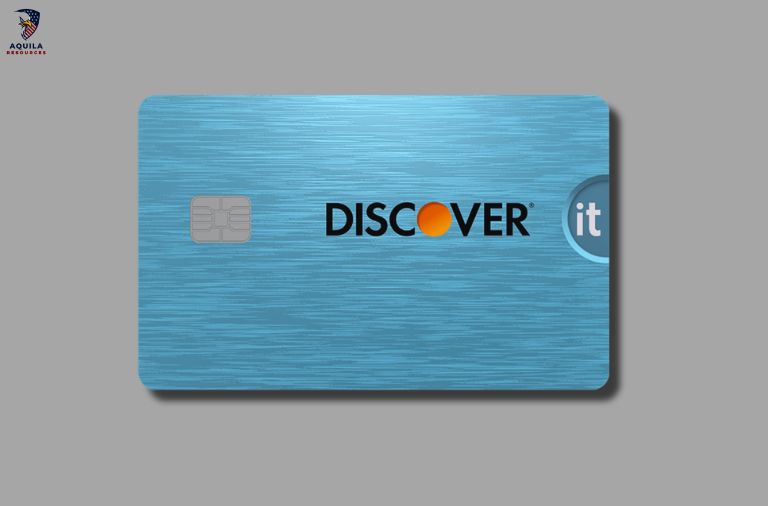
Discover it. Balance Transfer is one of the most popular balance transfer cards for fair credit. There is an offer to transfer your balance for zero percent (balance transfer) for around 18 months.
Wells Fargo Reflect Card
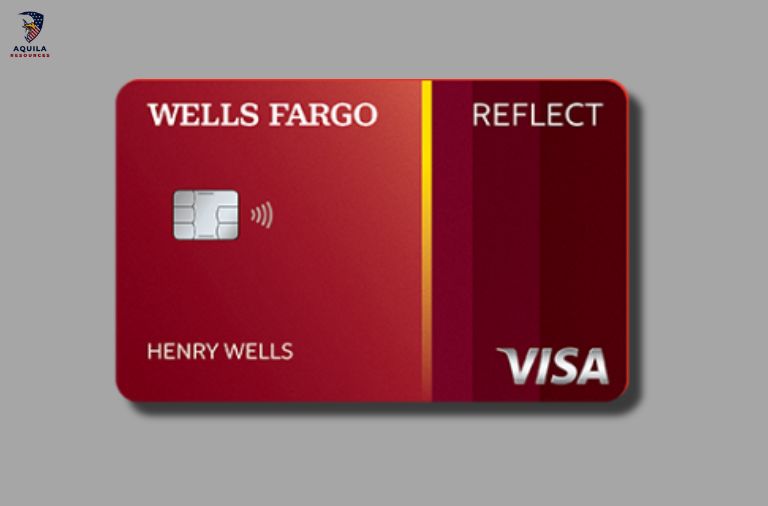
A Wells Fargo Reflect Card is a great option for those with fair credit who are trying to consolidate credit card debt and transfer balances. Cardholders receive an introductory 0% APR for 21 months on purchases and balance transfers, giving them over a year to pay off balances without worrying about incurring new interest charges.
Balance transfers cost 3% (minimum $5), but the lengthy intro period more than offsets this fee. This card also includes cell phone protection, which covers damages or theft up to $600 per claim.
How Do I Get Approved For a Balance Transfer Cards for Fair Credit?
A balance transfer credit card application should be similar to another credit card application. Getting approval for a balance transfer card can be challenging since balance transfer cards sometimes require good credit.
Here are some tips to increase your chances of getting approved even if your credit is bad.
- Check your credit: You can check your credit report once per year for free at AnnualCreditReport.com. There is a free report available once per week. Some companies, such as Credit Karma and Discover, offer free on-demand credit scores. You should first take care of these two steps before applying for a balance transfer card if your credit could be better.
- Pay on time: It is important to establish a good payment history before you apply for a balance transfer card if you owe any other debts (credit cards, personal loans, student loans, etc.). You need a good payment history to improve your credit score.
- Reduce your balances: Your credit utilization, which is the amount you owe, is the second most important scoring factor. Consider lowering your credit utilization below 30% before applying for a balance transfer card if you use more than 30% of your available credit.
- Get preapproved: Balance transfer credit card companies may offer prequalification in some cases. It allows you to determine whether you will likely be approved without affecting your credit rating.
- Apply: Your credit score has to be at least “good” to qualify for a balance transfer card, and you’ve been preapproved. You can often get an approval decision within minutes when you apply online with most card issuers.
How Do You Apply for Balance Transfer Cards for Fair Credit?
Balance transfer credit cards are the same as any other credit card. It is necessary to provide pertinent information, such as your Social Security number and household income, for the application process. Additionally, you can enter the account information directly on the application page for the loans you intend to transfer.
A balance transfer card for fair credit must be applied for like any other credit card.
- Consider your goals when choosing a card.
- Keep your credit report error-free to increase your chances of approval.
- It is generally possible to apply online or at the nearest branch of your bank.
- Applicants must provide their name, U.S. address, social security number, or ITIN.
- You may also be asked about your income and housing costs. An application for a new credit card will depend on this information and a hard credit pull.
- The application must be filled out and submitted. You may need to wait for a response from a card issuer, but many may approve you immediately. The card issuer must provide you with written explanations for the rejection of your application.
How Do Balance Transfers Affect Credit Scores?

There are many ways in which balance transfers can affect your credit score, both positively and negatively. A balance transfer can affect a credit score in the following ways:
- Credit Utilization: Balance transfers can result in high credit utilization on credit cards until you start paying them down. Your credit score may be negatively affected by this. You could offset any negative effects on your credit scores by adding another credit card, which will increase your credit limit and reduce your credit utilization ratio.
- Credit Inquiry: An application for a balance transfer card will result in a hard inquiry. As a result, your credit score will be affected slightly, but the effect will fade over time.
- Credit Age: Credit scores can be lowered by opening a new balance transfer card, which can reduce credit age.
- Debt Repayment: A balance transfer card can boost your credit score if you use it to manage debt and repay it more quickly.
A balance transfer card may have an impact on your credit score in a variety of ways. Each individual will experience the impact differently.
Can You Get Balance Transfer Cards Based on Your Credit Score?
The type of balance transfer card you qualify for will depend greatly on your credit score since many issuers will look at your credit score before granting you interest-free time to pay off your debt.
A balance transfer card will determine how much debt you can transfer based on your credit score. A set dollar amount or a percentage of your credit limit will be applied. The credit limits and credit limits for balance transfers vary depending on your credit score, although each application is unique.
Who Should Apply for a Balance Transfer Cards for Fair Credit?
Balance transfer credit cards can give you a break from crippling credit card interest if you’re under the thumb of crippling interest rates. You will have access to a window of up to 21 months without interest payments (depending on the credit card you choose), allowing you to contribute as much money as possible to the principal.
Balances can also be transferred from other credit cards to credit cards. A balance transfer card can help you break your interest payments on a personal or auto loan.
Your balance transfer card’s credit line must equal or less than the balance you wish to transfer. The credit line you are approved for may be as low as $500 if you have fair credit. Your high-interest debt of $5,000 will only help a little if you have that.
How to Choose a Balance Transfer Credit Card for Fair Credit?
Make Sure Your Balance Transfer Offers a Low Introductory APR
A balance transfer credit card with a lower APR is the best option. Ensure that your introductory APR lasts as long as possible. Credit card balances will be charged a standard purchase APR once the intro period on the balance transfer rate expires.
Find a Low-Fee Credit Card
Is there an annual fee associated with the card? It would help if you also looked for a credit card with a fair balance transfer fee for each transfer request.
Don’t Forget Credit Card Rewards
Can I earn cash back rewards on my credit card purchases? Can new card members receive a welcome bonus with their balance transfer card? Is there a minimum spending requirement to earn that welcome bonus?
You can also Check for Other Benefits
A good balance transfer card issuer will have great customer service, useful alerts, and more benefits than a low APR. It will be easy for you to decide if the credit card is one you want to keep or not.
FAQs
Can You Use a Balance Transfer to Pay Off Debt?
Balance transfers can be used to pay off other credit card debt balances. A balance transfer convenience check can be used to pay off debts of different kinds, such as auto or home loans. Balance transfers are subject to guidelines and restrictions, so check with your issuer. Balance transfers cannot be used to pay off one card’s balance but can be used to pay off another.
Is Getting a Balance Transfer Card Worth It?
Balance transfer cards may be worth it, provided the 3% to 5% fees don’t cost more than the interest you’ll save. Make sure the numbers make sense for you. There is a great chance to get out of debt during the introductory period while paying zero interest.
Are There Credit Cards for Fair Credit with Instant Approval?
Yes, fair credit credit cards can provide you with a decision within a few minutes. A credit card with this feature will likely be fewer for those with bad credit than those with good credit. You have a better chance of getting approval if you apply for a credit builder card with broader eligibility criteria.
Can You Get Denied a Balance Transfer?
Card issuers may deny balance transfer requests. A card issuer may deny balance transfer requests for various reasons, including not meeting credit or qualification standards. The issuer may also reject your request if your request exceeds the credit limit or the amount the issuer allows.
Do Balance Transfers Affect My Credit Score?
Your credit score can be affected by opening a new credit card. You can, however, improve your credit score if you pay off your debt on a balance transfer card during the promotional period.
You’re paying compound interest on high-APR cards because you want to pay off your debt. You may take a hit on your score as you pay off your debt, but your score will rebound. You can improve your credit score by resolving your debt issue.
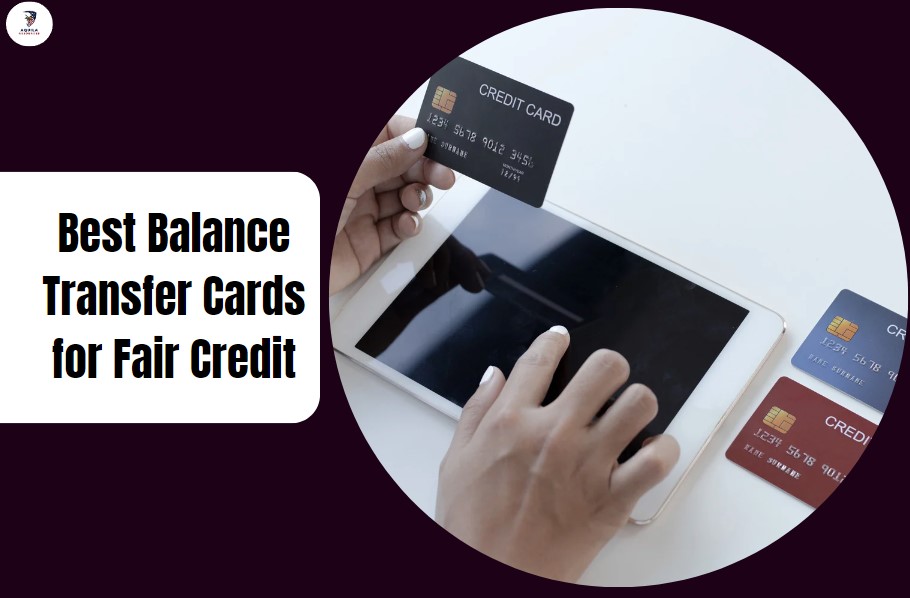














Add Comment